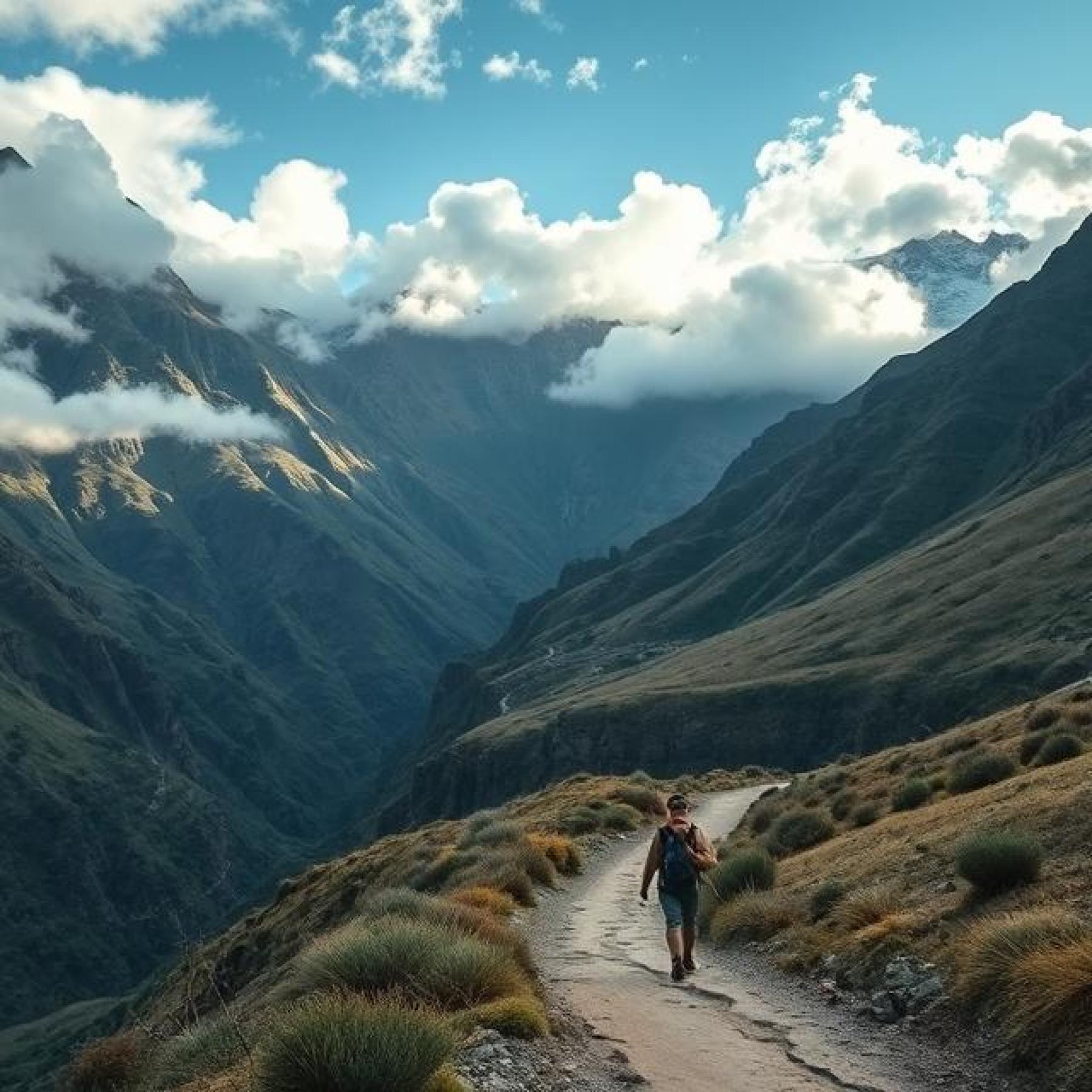Discover Kuelap, the imposing fortress of the Chachapoyas culture

An architectural jewel of the ancient Peruvians, the Kuelap fortress is distinguished by its monumental character and the complexity of its location. Its historical importance lies in the fact that it allows knowing in detail the history of the Chachapoyas: a society that reached cultural splendor long before the Inca Empire. Kuelap is, without a doubt, the most admirable testimony of the northeastern Andes of Peru.
Visiting this ancestral city consists of a tour where you will not only discover part of the pre-Inca history of this country, but you will also come into direct contact with nature and the mountainous jungle of the Amazon region. Located in the Tingo district, this treasure of construction and architecture awaits your visit: an experience that will be very enriching and unforgettable.
Bulwark in the heights
Located at 3000 m a.s.l. no. m., on top of a mountain that dominates the narrow valley of the Utcubamba river, this imposing fortress, of six hectares of extension, is one of the largest in America. It was discovered in 1843 by Juan Crisóstomo Nieto, then a Chachapoyas judge, during an expedition through the area. After three hours of exploration, Crisóstomo Nieto saw in the distance the walls of the great complex, covered with vegetation and practically intact.
The enclosure is made up of 420 circular-shaped houses with sloping thatched roofs. The outer walls, made of stone and mud, are of different heights and the highest walls measure up to 20 meters. Its special location was intended to facilitate the work of its defenders, who practically only had to worry about taking care of one flank of the building, as well as having a panoramic view of the entire valley.
The defensive assembly is complemented by two towers located to the north and south of the complex, and narrow corridors designed so that eventual invaders could only advance in single file. Remains of stone axes and slingshot projectiles have been found nearby, which show the fighting that took place in this place.
The interior enclosures do not have windows and on their facades, decorative friezes with anthropomorphic figures can be seen. El Tintero is striking, a building finely carved in stone, more than five meters high, and an underground room six meters deep.
Construction Geniuses
The Chachapoyas culture was made up of various indigenous communities, each one administered by its own curaca. They settled in various areas of the mountains and high jungle between the basins of the Marañón and Huallaga rivers. In the steep and rugged territory that they occupied, the Chachapoyas dedicated themselves to the cultivation of corn, potatoes, olluco and mashua. They were great artists of construction and architecture, as can be seen in the archaeological complexes of Kuelap and Gran Pajatén.
The construction of Kuélap was a great challenge for the Chachapoyas due to the difficult location and the amount of material that was required to erect the fortress. The walls are made of limestone, worked with yellow clay mortar. It is estimated that just to build the two main walls, more than 100,000 blocks of carved rocks were required, weighing more than 10,000 tons.
Another problem that they had to solve was the water supply. For decades, this was a mystery to researchers. It was not until 1965 that groundwater was discovered in the vicinity of the fortress, confirming the existence of a spring near the place.
How to get?
To get to Kuelap you must travel by plane from Lima to Chachapoyas, with an hour and 45 minute flight. You can also go to other nearby cities, such as Tarapoto, Jaén or Chiclayo, and then continue with the journey by land. Another alternative is to go directly by bus: from the Peruvian capital it takes between 22 and 24 hours to travel through the mountains.
Once in Chachapoyas, you must travel to the town of Nuevo Tingo. The buses leave from the land terminal and take an hour to arrive. Then, you will have two options to go to Kuelap: by cable car or on foot.
When is the best time to visit Kuelap?
It is a rainy region all year round, but the best time to visit is between April and October, when there is less rain. It is ideal for walking and enjoying the view, either from the cable car or from the Kuelap site.
You can find some tours at:
- Machu Picchu Travel
- Machu Picchu - Cusco City Tour
- Cheap Inca Trail Tour
- 2 Day Inca Trail with Camping



